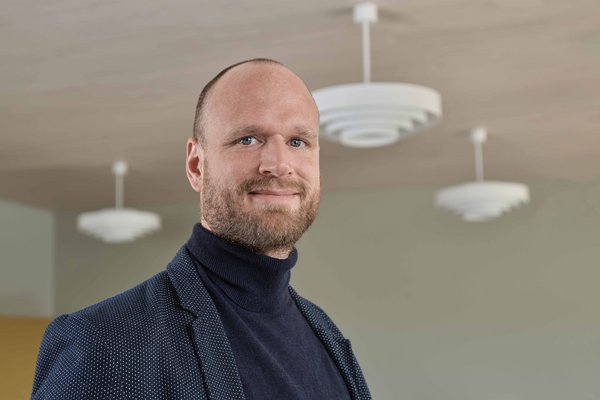Main Content
Hofmatt 1 and 2, Meggen
A RETRO CLASSIC INTERPRETED FOR THE MODERN AGE
A true retro classic made by Tulux is currently experiencing a remarkable revival, proving the maxim that good design never goes out of fashion regardless of the latest trends. The Tulux classroom luminaire is one such classic design. Until the early 1980s, the distinctive pendant luminaires were part of the standard furnishings in many Swiss schools. Now, in a contemporary reinterpretation, the luminaire is giving various newly renovated classrooms an appealing retro feel.
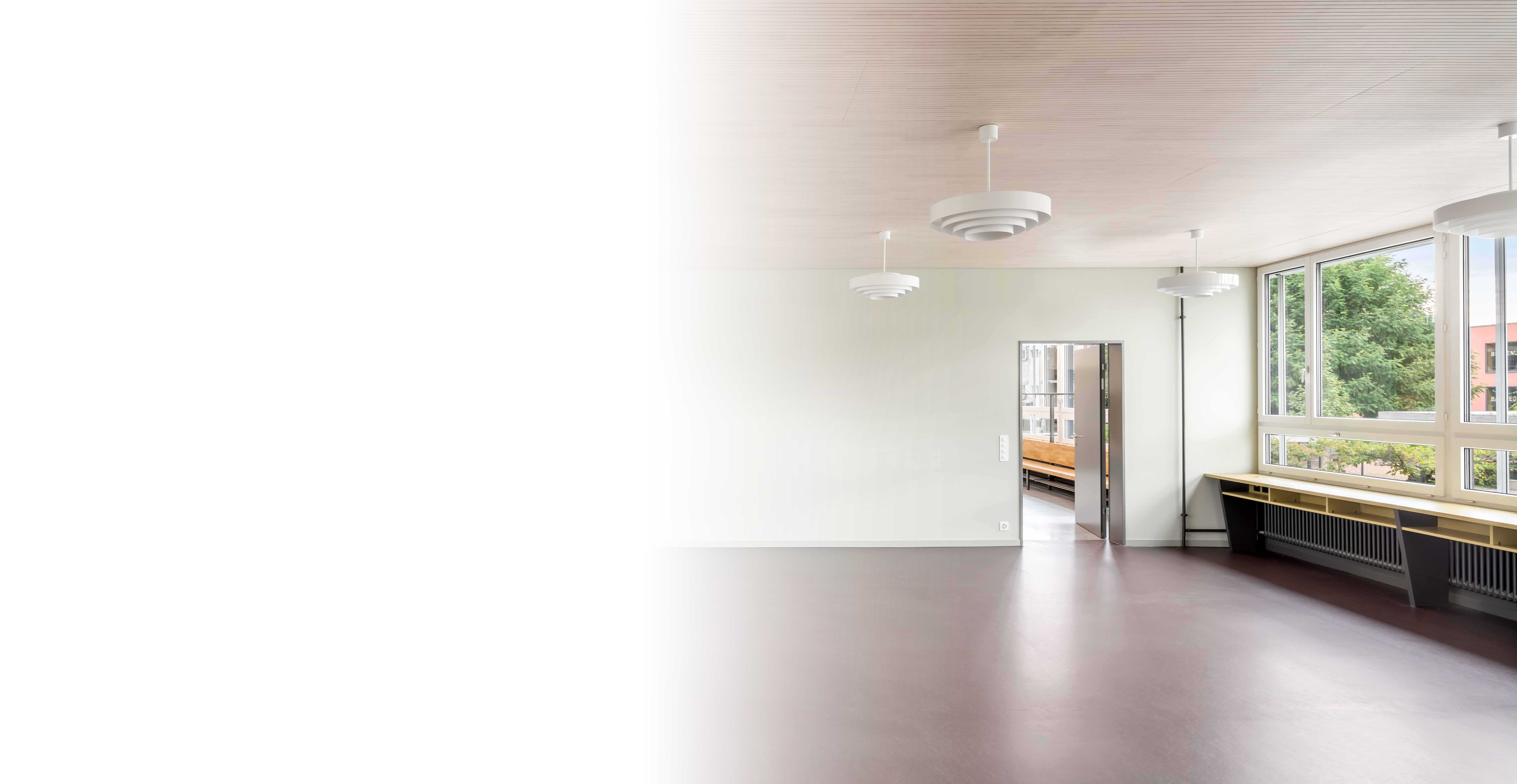
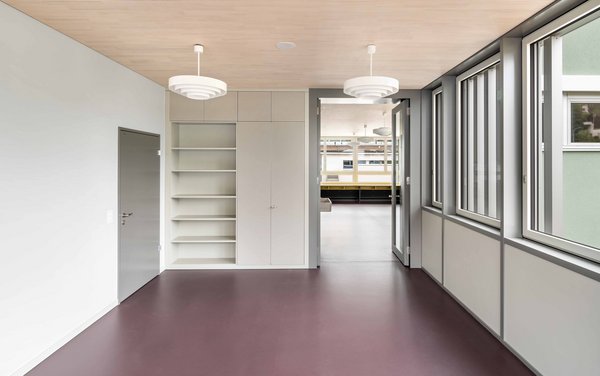
It was the Berlin-based interior designer Hans E. Chmillon – who spent many years at Tulux after joining the company in the mid-1950s –, who designed this undeniably timeless classic of classroom lighting. From the first delivery in the summer of 1963 through to the early 1980s, the pendant luminaire was one of the bestsellers in the Tulux standard range. Its characteristic design and stylistic form featuring four rings reflected the spirit of that time perfectly and provided optimal lighting. With the rings carefully aligned in diameter and height, the luminaire prevented people from looking directly into the light while at the same time making the room look and feel larger due to the soft, indirect light and brighter ceiling effect. The luminaire was available in two variants, with rings made from opal acrylic glass or silkmatt white lacquered metal. It was simple to install, and the suspension was easy to adjust for any ceiling height.
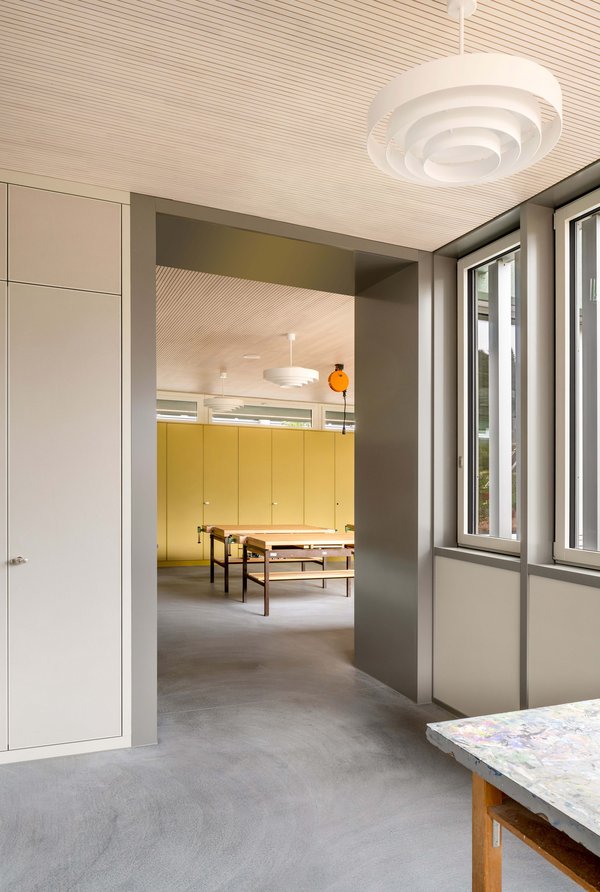
The revival of a truly classic luminaire
A good example of the timelessness of this Tulux classic can be found in the renovation and expansion of the Hofmatt school complex in Meggen, a municipality in the canton of Lucerne. When deciding on the lighting for the classrooms and group rooms in the two fully renovated school buildings, the architects of Huber Waser Mühlebach in Lucerne, together with the building owners, opted for the tried-and-tested classroom luminaire from Tulux. Matthias Lötscher, the architect in charge of the Hofmatt school complex project, explains that for him and his team from Huber Waser Mühlebach Architekten, it was clear from the start that the retro charm of the two school buildings should be preserved during the renovation work. Now fully renovated, the Hofmatt 2 school building has been in use again since last August. Built in 1973, the building was gutted and also saw the addition of two new parts featuring group rooms. The full renovation of the Hofmatt 1 school building is currently ongoing. Originally built in the 1960s, the building will be ready for use in August later this year. Both the colour scheme and lighting concept of the newly renovated classrooms and newly built group rooms reflect the spirit of the original period. When looking for the luminaires to match this style, Tulux was the Lucerne architects‘ first choice. The Gönhard school in the town of Aarau, as well as schools in Biberstein, Brislach and Möriken-Wildegg, have also opted for a reinterpretation of the Tulux classic during their recent refurbishments. The luminaire is especially suitable for listed school buildings, as it perfectly reflects the look and feel of that period.
Architect Matthias Lötscher tells of how they came across the retro Tulux luminaires in old pictures of the Hofmatt school buildings as well as on the internet. “Of course, to begin with we asked ourselves whether there was another version. However, the history of the school building provided the right framework, and it soon became clear that Tulux was the right choice,” states Lötscher. This project was also his first time collaborating with the long-established Swiss luminaire manufacturer.
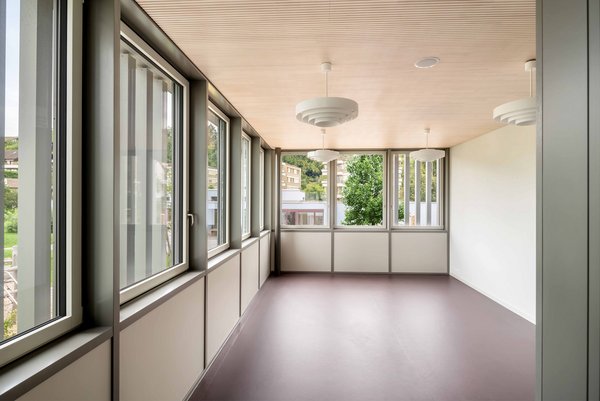
Characteristic design, long life and simple maintenance
The first idea was to use fluorescent lamps in the luminaire. However, during planning it quickly emerged that using LED lamps made more sense. Choosing this contemporary lighting technology was also fully in keeping with the building owners’ concerns, as electricity consumption can be greatly reduced as a result, while not diminishing the lighting quality at all. The colour of the light and optimal illumination of the rooms were other important considerations. In this respect, the team of architects was able to rely entirely on the many years of experience of the Tulux specialists. The result is a success both visually and technically. The luminosity is optimal; the luminaires are highly durable, robust and simple to maintain.
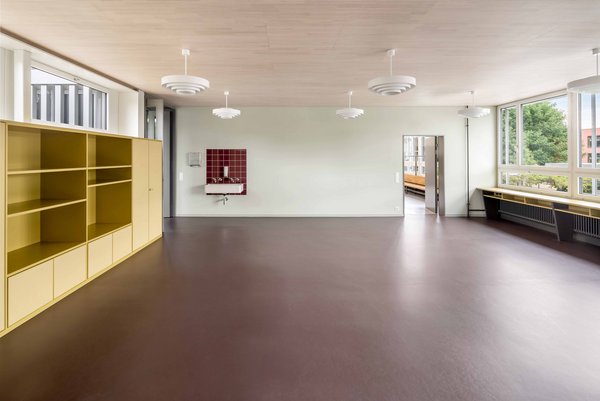
Architect Matthias Lötscher from Huber Waser Mühlebach Architekten in Lucerne worked with Tulux for the first time on this project and felt very well looked after throughout the planning and realisation stage.
“This was our first time collaborating with Tulux, which we found to be a very positive experience.”

